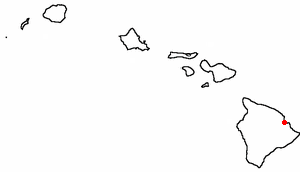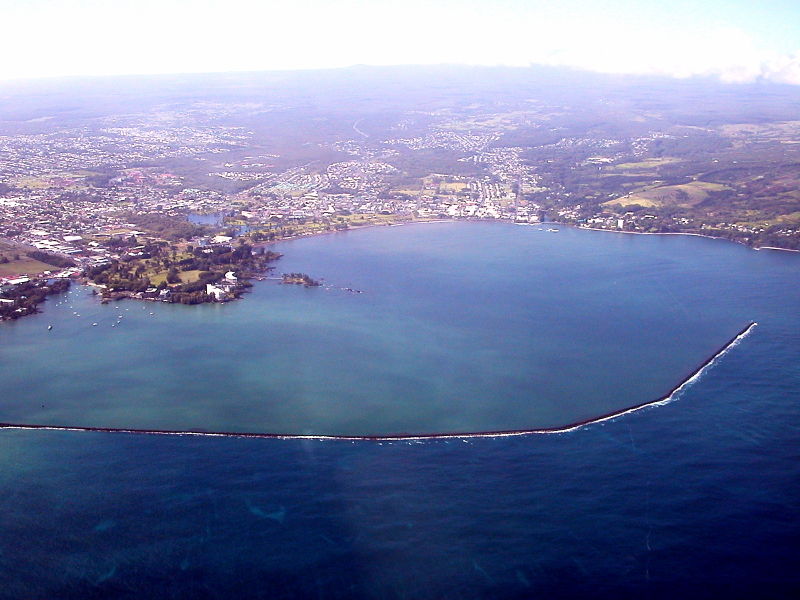|
HILO (HEE-loh)
A
city of Hawaii
Common
clues: Big Island port; Seat of Hawaii County; Hawaiian port;
Hawaiian city; Mauna Loa's locale; Port near Kilauea;
Southernmost U.S. city
Crossword
puzzle frequency:
3 times a year
News:
Corpse
plant blooms in Hilo
Video:
Hilo,
Hawaii
Hilo
is a coastal city in the State of Hawaii, and is the largest
municipal area on the island of Hawai‘i. As of the 2000
census, the CDP had a total population of 40,759.
Hilo
is the county seat of Hawai‘i County, Hawai‘i, and is
situated in the South Hilo District. The city overlooks Hilo Bay,
and is near two mountains, Mauna Loa, an active volcano, and
Mauna Kea, upon which several astronomical observatories are
placed.
The
city is home to the University of Hawaii at Hilo, as well as the
Merrie Monarch Festival, a week-long celebration of ancient and
modern hula, which takes place each year in the week following
Easter.
Hilo
is located at 19°42'20" North, 155°5'9" West
(19.705520, -155.085918), the southernmost city in the United
States.

Hilo's
location on the eastern side of the island of Hawai‘i
(windward relative to the trade winds) makes it one of the
wettest cities in the world. An average of 129.19 inches (3281
mm) of rain falls on Hilo annually.
Its
location on the shore of the funnel-shaped Hilo Bay also makes it
vulnerable to tsunamis.

Although
archaeological evidence is scant, people certainly inhabited the
areas along Hilo Bay, Wailuku and Wailoa Rivers before the
Western world made contact. Missionaries came to Hilo in the
early to middle 1800s, founding several churches, notably Haili
Church.
Hilo
expanded as sugar plantations in the surrounding area drew in
many workers from Asia, and the city became a trading center.
A
breakwater across Hilo Bay was begun in the 1900s and completed
in 1929. On April 1, 1946 a 7.8 magnitude earthquake near the
Aleutian Islands created a 14-meter high tsunami that hit Hilo
hours later killing 159 people. As a result, an early warning
system, the Pacific Tsunami Warning Center, was established to
track these killer waves and provide warning. On May 23, 1960,
another tsunami, caused by a 9.5 magnitude earthquake off the
coast of Chile the previous day, claimed 61 lives allegedly due
to people's failure to heed warning sirens. Low-lying bayfront
areas of the city on Waiakea peninsula and along Hilo Bay,
previously populated, were rededicated as parks and memorials.
Starting
in the 1960s, Hilo expanded inland. In the 1980s, the downtown
found a new role as the city's cultural center with several
galleries, museums being opened as well as the Palace Theatre
reopening in 1998 as an arthouse.
This
article is licensed under the GNU
Free Documentation License.
It uses material from the Wikipedia
article "Hilo, Hawaii".
|